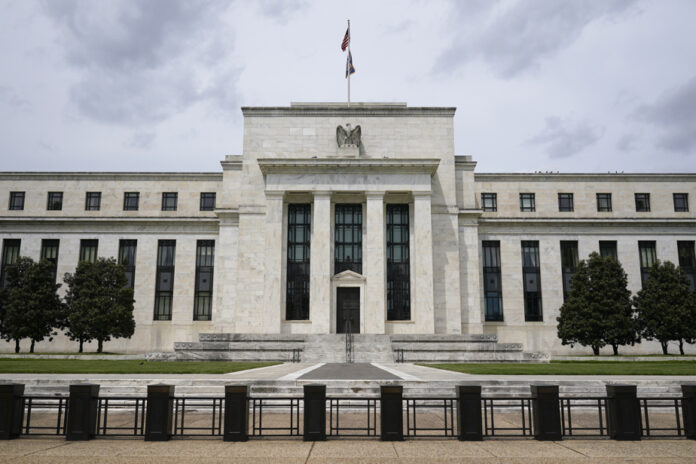(Washington) The US central bank (Fed) resumed rate hikes on Wednesday, pushing them to a 22-year high to fight inflation, after a pause in June, without specifying whether it anticipates further hikes. .
The Fed’s main policy rate, raised by a quarter of a percentage point, is now in the 5.25 to 5.50 percent range, the highest level since January 2001. The decision was taken at the unanimity of the 11 voting members of the Monetary Policy Committee (FOMC).
This is the 11th hike since March 2022, and Fed officials did not say in their statement whether or not they expect to continue raising rates in the coming months.
“The committee will continue to assess additional information and its implications for monetary policy,” the institution simply said in its statement.
This sentence could mean that a new pause cannot be ruled out, since it is identical to that which the Federal Reserve (Fed) had already used in June, in the press release published after its meeting, when it had kept its rates at the same level in order to observe the evolution of the economy.
Fed Chairman Jerome Powell will give details at 2:30 p.m. in a press conference. Observers will be particularly attentive to the slightest clue for the months to come.
This new increase will further increase the interest rates on loans contracted by households and businesses.
Nevertheless, the Fed’s monetary policy is bearing fruit: inflation fell in June to its lowest level since March 2021, at 3.00% year on year, according to the CPI index. But it is still well above the 2% target.
And underlying inflation, i.e. excluding food and energy prices, is still 4.8% over one year. Housing prices, in particular, continue to rise.
The Fed, however, favors another measure, the PCE index, whose data for June will be released on Friday.
Jerome Powell had repeated in recent weeks that several increases were envisaged, “at least two, possibly in a row”.
And, at the June meeting, the majority of Fed officials favored raising rates to 5.50-5.75%, still up from Wednesday’s hike.
Fed rates were, until March 2022 and since the start of the pandemic, at zero, to stimulate economic activity through consumption, but the American central bank then gradually increased the cost of credit in the face of inflation. the highest in 40 years.
And if you tighten too much, recession threatens, a risk that seems to be receding, however, according to some economists.
“Economic activity is growing at a moderate pace,” the Fed said in its statement.
Second-quarter US GDP (gross domestic product) growth will be released on Thursday morning, the day after the Fed meeting. Growth of 2.00% at an annualized rate is expected, as in the first quarter.
The next figures for inflation, but also for employment or growth, will be decisive.
The International Monetary Fund (IMF), which published its updated forecasts on Tuesday, anticipates growth of 1.8% this year in the United States.
The European Central Bank (ECB), which will meet on Thursday, a day after the Fed, also seems determined to continue raising rates.















